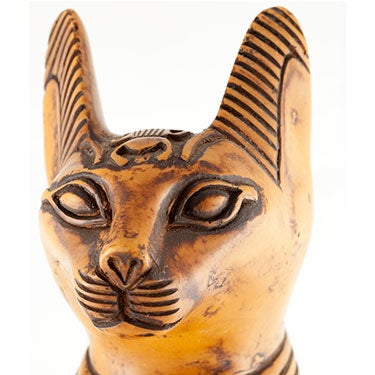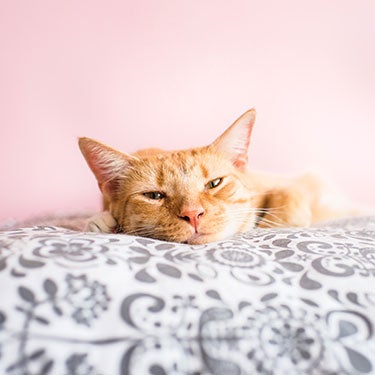Cats of the High Seas
Felines set sail for greatness.Generally, cats are not the biggest fans of water — unless it’s drinking from the faucet or the toilet. And yet there’s strong evidence that felines have sailed the Seven Seas dating all the way back to the Vikings and even earlier to ancient Egypt.
Why were H2O-averse kitties used as ship’s cats? All aboard:
Vermin control: One of a ship cat’s primary jobs was to hunt and kill rats and mice aboard ship. Rats could not only destroy grains and other necessary food, but they could chew through rigging. The little critters also carried deadly diseases. So a kitty or two was quite prized — and treated very well — on board.
Predictors of weather: Cats were believed to be tiny forecasters of storms and other sea-borne disasters. This isn’t as far-fetched as it seems. Felines have very sensitive inner ears, which make them react to changes in barometric pressure.
Controllers of weather: This one’s a little more far-fetched. It was thought that cats could summon storms through, well, magic stored in their tails. (This is a fantastic superpower and we’d like to harness it.) And if a feline was cruelly thrown overboard, whoa betide the ship: the drowned kitty would create a storm that would sink the ship. If the ship made it through the storm intact, they’d be cursed with nine years of bad luck. Hiss!
Good luck: Those sailors were a superstitious lot. Black cats were believed to be good luck charms for ships, portending fair skies and friendly winds.
Companionship: On a journey spanning many months or even years, cats became much-loved ship’s mascots. Aside from the practical usage of controlling rodents — and, um, controlling the weather with their tails — cats were a great distraction for a bored crew.



